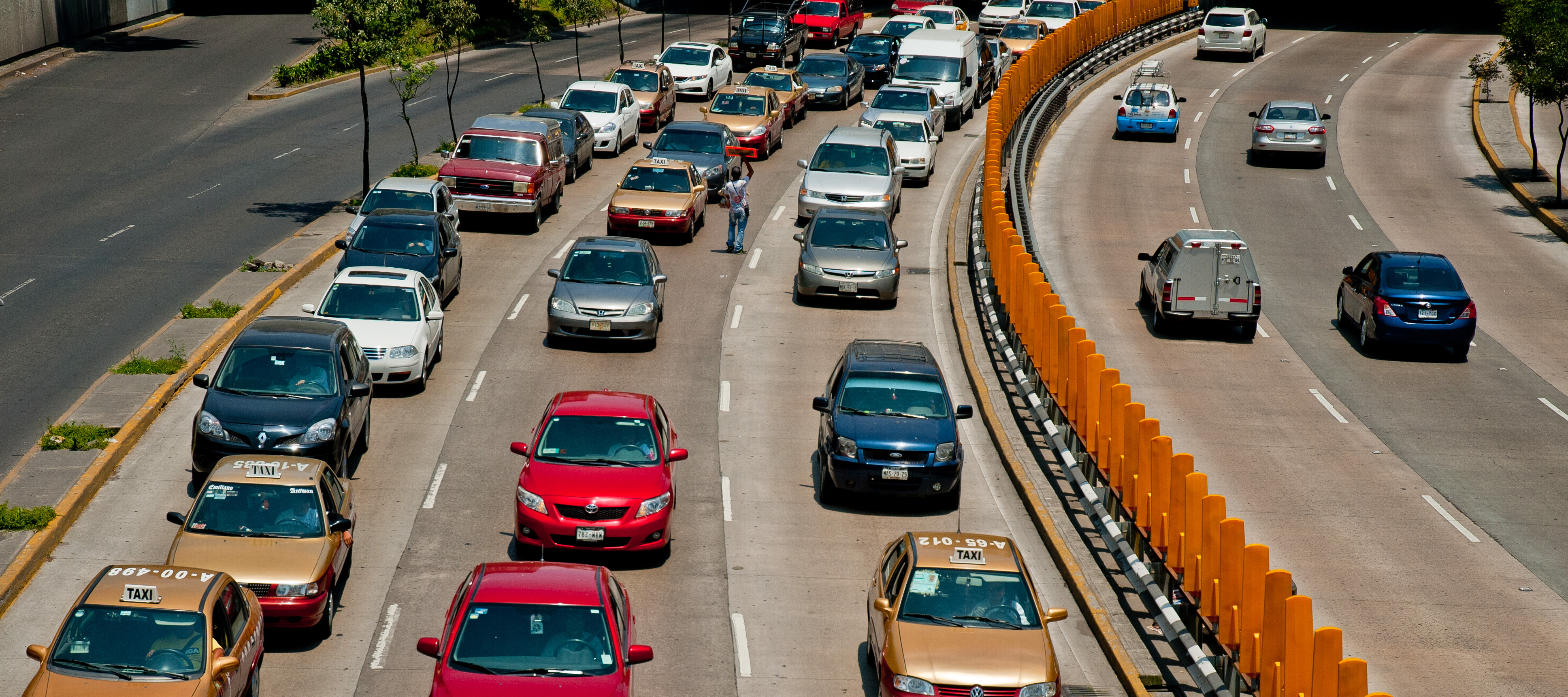Go to the coast to reduce congestion in cities

Bangladesh should use its vast coastal zones for economic development so that the population concentration on Dhaka and Chittagong comes down, said a top official of the Asian Development Bank yesterday.
The country has a very good ocean resource in the form of fisheries, Cai Li, deputy country director of ADB, said at a discussion styled “Bangladesh's economic geography: some patterns and policy issues” at the office of the Policy Research Institute (PRI) in Dhaka.
“Why are you not using the resources?”
For instance, China firstly developed its vast coastal zones because of proximity to international markets and easy transportation of goods from China to any other country or to any region inside of China, she said.
Similarly, the US and Australia have also developed their coastal areas for reducing high concentration on their city areas and to grab more international markets.
“It will not happen automatically -- it will need policy choices,” Cai added.
In 1979, the ADB in a study on integrated Dhaka said the capital cannot be extended to Keraniganj, Sonargaon or Rupganj because of Balu River, said Akbar Ali Khan, an adviser to a former caretaker government.
The same study also suggested that the construction of high-rise buildings in Dhaka will not be feasible because of high cost of projects.
“Dhaka is narrowly defined, although the boundary of this city is very large. Dhaka goes up to Narsingdi and Gazipur,” he added.
Economist Binayak Sen called for an inquisition for the high concentration of population in Dhaka.
“Why is Chittagong losing its shine as an important city of Bangladesh?”
Sen also suggested finding out the reasons why the third city Khulna has not developed much after so many years.
While moderating the discussion, Zaidi Sattar, chairman of the PRI, said the concentration of development efforts and population in Dhaka and Chittagong is so high that the 40 percent of GDP is generated from Dhaka and 20 percent from Chittagong. Some 90 percent of the country's export earnings are generated from these two regions, according to Sattar.
“So an excessive concentration on Dhaka and Chittagong has in fact been reducing the importance of other cities in the country,” he added.
In his keynote paper, Ahmad Ahsan, a director of the PRI, said the excessively populated Dhaka adversely affected the growth, urban development, non-agricultural job growth and poverty reduction. Economic density raised household consumption and reduced poverty through providing non-agricultural jobs, he said.
In the study he found that increasing income in the poorer districts will reduce poverty mostly.
Encouraging out-migration to richer districts may be another strategy, but it will quickly face limits.
Supporting non-agricultural economic activity through urban and infrastructure development and better public services are likely to be most effective for future poverty reduction. The study also said a northern border belt of districts and upazilas -- from Dinajpur in the Northwest to Sunamganj in the Northeast -- lag behind in both consumption expenditure and economic activity.
There are also pockets of backwardness in the Chittagong Hill Tracts, Barisal islands and an upazila cluster in Khulna, the study said. However, there are pockets of economic density in all areas and the southwest has made income gains over the east.
